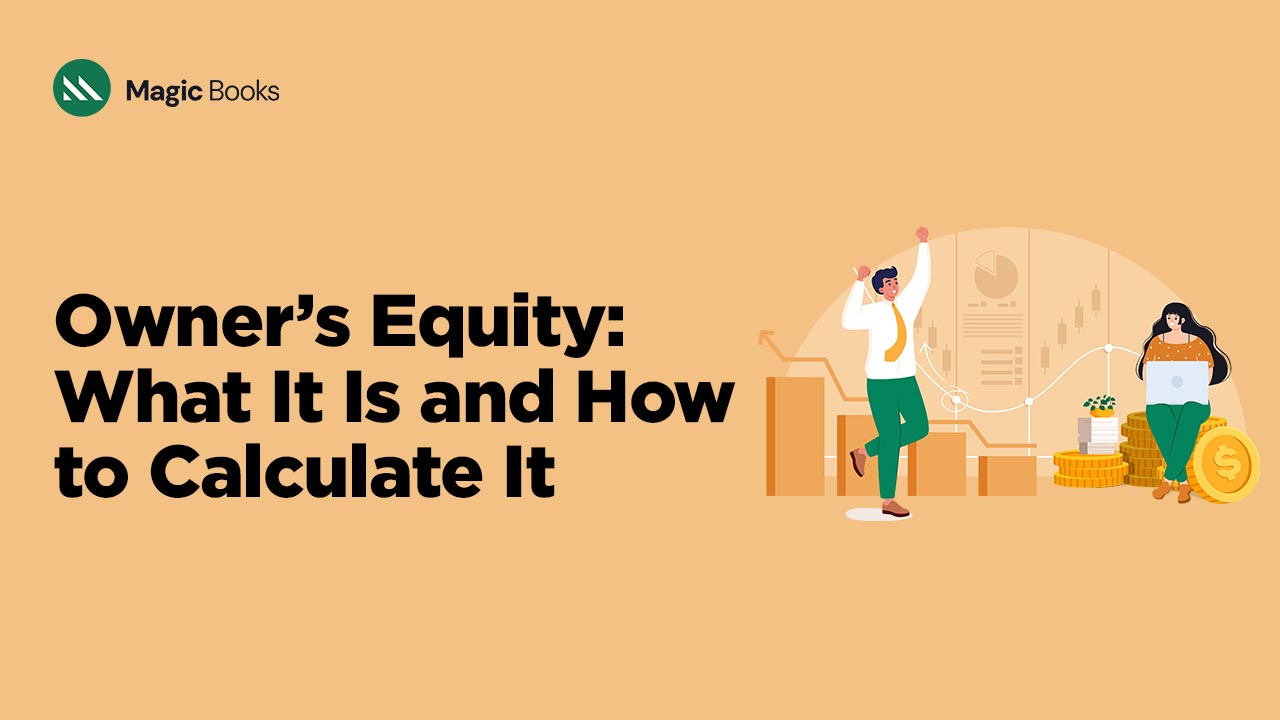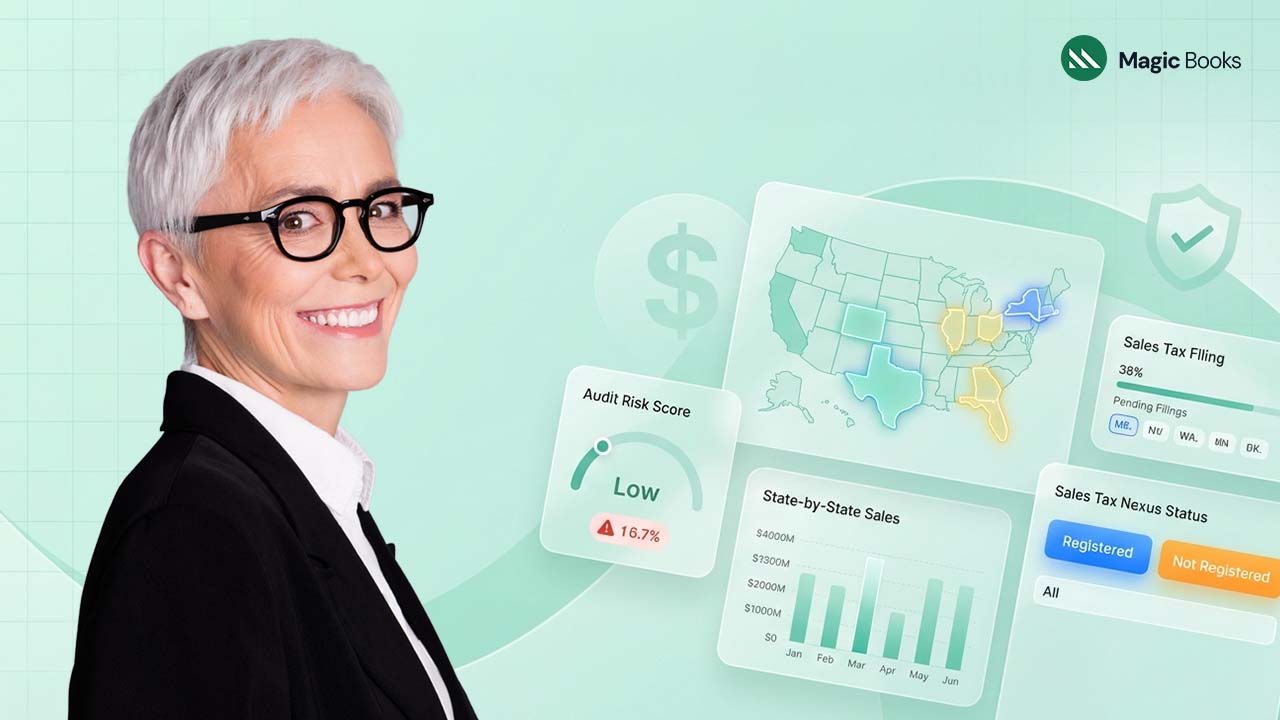What is Owner’s Equity?
Owner equity is a key financial item in the company which gives the assets’ total value less liabilities attributable to the owners. This value will show how much the owners would be left within the company in case all the debts had to be paid. In the case of companies that are publicly held, owner’s equity is called shareholders’ equity. Owner’s equity in a company can be computed by using an arithmetic of the total amount of difference between amounts of money received from a company’s operations and claims made against them. This is done concerning the net worth of the company because, in the case of liquidation or sale, the owners would first employ the corporate assets to pay any outstanding debts.
Through analysis of the equity, it then becomes easy to establish the health of a particular firm’s finances and whether or not this firm is gaining or deteriorating in value. Thus, owner’s equity is helpful for any business that is looking for credit or trying to attract investors. Owner’s equity shows the value of the business from the point of view of lenders and investors. A higher owner’s equity also means that the company has less of a credit risk, so attracting loan funds or getting people to invest will be easier. Altogether, the owner’s equity is a fundamental index, which confirms the overall value and financial performance of the company.
How Owner’s Equity Moves In and Out of a Business
Owner’s equity rises when an owner adds more money to it, whether in a corporation or in a partnership. Further, if the profit increases due to increased sales or reduced expenses, that increases the owner’s equity too.
The withdrawals reduce the equity amount. This withdrawal is considered a capital gain, and based on the amount withdrawn, capital gains tax will be levied against the owner. The owner’s equity can be reduced further by borrowing a loan to purchase some asset that will benefit his business; this is stated in the balance sheet as liability.
Owner’s equity can either be in the plus or minus zone. When it is negative, that typically usually means that liabilities are worth more than assets. There are a myriad of reasons as to why equity might change, such as when asset values go up or down compared to liabilities, through the purchase of shares being bought back, or simply due to asset depreciation.
How Owner’s Equity Appears on a Balance Sheet
This balance will be reflected in the balance sheet at the end of the accounting period. You get this by subtracting total liabilities from total assets.
On the balance sheet, to the left would be assets. To the right would be liabilities and owner’s equity. Owner’s equity will always be a net number as the owner(s) have placed money into the business, yet they have taken some of that money out too.
This is seen in the balance sheet as the capital account of the owner or partners if the concern is a sole proprietorship or a partnership. It also represents cash withdrawn in withdrawals during the accounting period.
Other than the balance sheet, business entities also maintain a capital account which represents net equity from owner or partner investments.
What’s in the owner’s equity?
Owners equity for single owners businesses used in business such as sole tradership and partnership contains the following categories that sum up or decrease the owner’s total worth.
1. Capital contributions of the owner: To this end, most business entrepreneurs rely on their own cash/ funds, equipment, or automobiles before starting or financing their respective businesses.
2. Retained earnings created by the business: Secondly, a business, when it starts up, generates positive equity over the retained earnings. It becomes a relatively important measure due to higher values for the entire company because this capital available from the business operation can either be used for reinvestment or becomes available for the purpose of paying off the debts.
3. Money withdrawn by the owner (decrease): People are always using money from their businesses. But if they take too much, a business’ equity will turn red. A business may be able to come out of negative equity but it is very difficult to sustain the business in the long run if it remains in the negative equity territory because the business will be unable to satisfy its obligations when they come due.
Therefore, if a business is making negative profits from its core activities it may well be in some sort of trouble. One kind of hurt for some stocks is that even though they may suffer occasional losses, the continuous erosion of equity is very unhealthy unless they can remodel or come up with rental money to smarten up the place.
Several other types of transactions can increase or decrease equity and should be reported on the company’s balance sheet for publicly traded companies, which commonly use the term shareholders’ or stockholders’ equity to refer to owner’s equity.
- Decrease by dividends and distributions: Dividends and other financial distributions are paid out from a firm’s net income, which otherwise would be transferred to retained earnings. The comparison between retained earnings and net income is valuable: A firm may report positive net income, but if dividends are larger than income, it can create negative cash flow and damage equity.
- Outstanding shares (increase): When a company sells additional shares to the public, it raises capital that adds to equity, like when an owner contributes capital. The par value of the additional shares sold appears on the balance sheet under “outstanding shares.”
So, when it comes to other capital, companies typically sell stock for more than its par value. Any cash they bring in above that par value gets labeled as “other capital/additional paid-in capital (APIC)” and helps boost the owner’s equity.
So, treasury stocks are going down, right? Treasury stocks are shares of the company that investors sell back to it. They are found on the balance sheet, and they really reduce the owner’s equity. Wait, there is more to this whole stock buyback deal: By buying stock, companies put out cash now to cut down their dividend payments later on, which could mean more retained earnings—and, in turn, more owner equity.
How to Calculate Owner’s Equity
Owner’s equity is calculated by simply adding up all the business assets, including property, plant, and equipment, inventory, retained earnings, and capital goods; then liabilities such as debt, wages, salaries, loans, and creditors are subtracted from the formula.
Example: Mobile Assembly Warehouse
| Braun has a Warehouse for $ 1,000,000 Factory gear for $ 1,000,000, Inventory for $ 800,00,0 and Debtors for $ 400,000 thereby totaling to $ 3,200,000. So the correct calculation of owner’s equity should be: Owner’s equity = Total assets – Total liabilities where: Assets = $3,200,000 Liabilities = $ 500 000 (borrowings) + $ 800 000 (creditors) + $ 800 000 (wages and salaries) = $ 2 100 000 Braun’s Equity = total equity of MLB – MLB’s equity $3,200,000 – $2,100,000 = $1,100,000 Therefore, the appraisal of Braun in the business is $ 1.1 million. |
What is the owner’s equity statement?
Some financial statements contain this thing called a statement of owner’s equity. This statement outlines what’s been happening with the owner’s capital account over some period, for example:
Opening balance of owner’s capital account Any additions to equity in the form of profits or contributions of additional capital Any subtractions from equity in the form of losses or distributions of capital Closing balance of owner’s capital account
The closing balances on the statement of owner’s equity should be equal to the equity accounts in the company’s balance sheet for that accounting period.
Generally, an increase in the equity of the owner every year is good for a business. Just make sure that the increase is due to profitability and not that people are putting money into keeping the business going.
Owner’s Equity vs. Business Fair Value
Owner’s or shareholders’ equity isn’t always equivalent to a company’s market value — in fact, equity is usually lower than a business’s fair value, which is the estimated price that both a seller and buyer agree is “fair.” Mainly, this is because accounting rules require that assets be recorded on the balance sheet at the lower of either the historical cost — the original cost the asset was acquired for — or the net realizable value (NRV), which is an estimate of how much money the asset could be sold for, minus selling costs.
Meanwhile, factors found in a business’s fair value include brand strength, expected future returns, intellectual property, cash flow, and anything else either party believes contributes to the value of the business. Other factors can also add to a higher or lower selling price based on reasons like a company trying to sell its business before it goes bankrupt. Because of the subjectivity accompanying values like “brand strength,” a company’s market value may be higher than the owner’s equity.
How to Increase Owner’s Equity
Owner’s equity commonly referred to as shareholder’s equity or net asset is calculated as the total amount of assets owned by an organization less the total amount of liabilities of the organization. This is actually the amount that remains if all the debts of the company have been cleared against the value of assets. In this case, Debtor’s Equity proves the more valuable the business the more the owner’s equity and the more valuable it is to the investors and shareholders.
There are two primary ways to increase owner’s equity:
1. Increase in capital contributions: When the business organization is limited, the owners can easily infuse some more cash into the business venture. Otherwise, for public companies, more equity partners can be attracted or more shares can be floated in the market. This has the effect of increasing the assets side which make up the balance sheet without touching on the liabilities side thus a direct way of boosting the owner’s equity.
2. Increase in retained earnings: It is the accumulation of net income of a business organization after charging off the dividend on share capital. Higher retained earnings can only be generated if the company makes more profits, through either generating more revenue or successfully managing to lower its expenses. Since the Gross Profit is enhanced, the net income thus the retained earnings improves as well. They are components of owner’s equity, and their impact is intended to expand the overall equity value.
It should be noted that both of these approaches can increase the owner’s equity, and knowledge about each of them will help an investor or the owner of a business to make a sound decision about the financial prospects of the company.
A firm with high owner’s equity is generally more profitable, and financially strong, and hence is good for investment. On the other hand, small owner’s equity may impose restrictions on the business expansion and the company may be considered as a high-risk investment. To sum up, the monitoring of the owner’s equity can contribute to the analysis of the financial condition of a company, its capability of growth in terms of the stated goals. The amount of detail that can be applied to a company’s owner’s equity is typically located in the last part of the balance sheet or the equity statement. It is very relevant for every investor or business owner to keep evaluating and analyzing the owner’s equity in order to provide adequate decision-making and to always check the financial health of the company.



